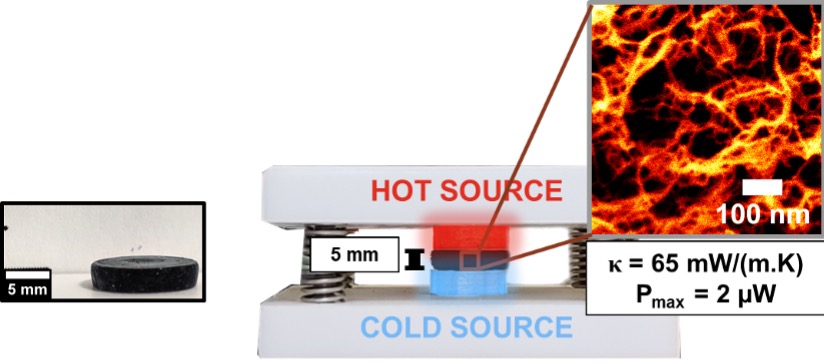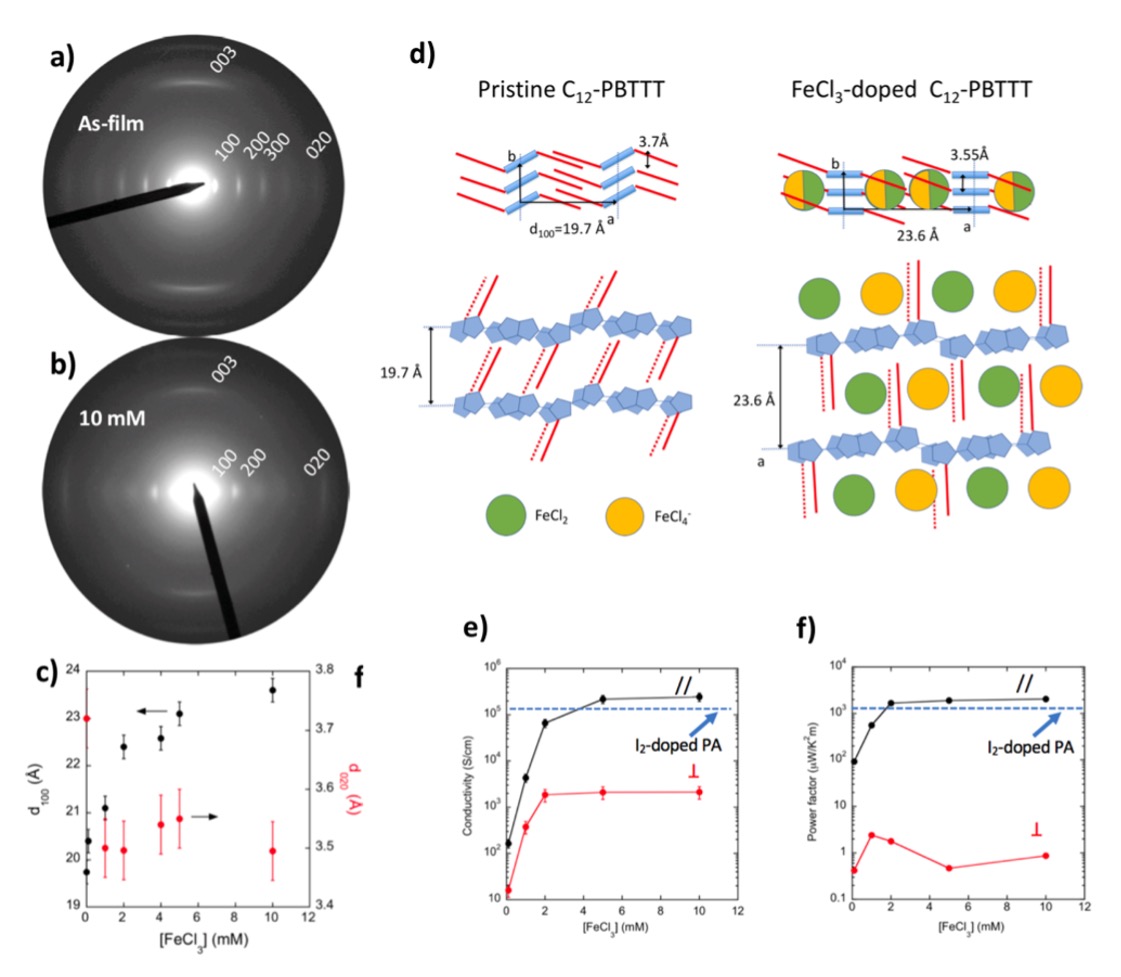Two centuries ago, in 1821, the physicist Thomas Johann Seebeck observed that a voltage appears at the junction between two dissimilar materials subjected to a temperature gradient. One decade later, in 1834, Jean Charles Athanase Peltier discovered the mirror effect, e.g. the presence of heating or cooling at a junction of two different conductors traversed by an electric current. Both these phenomena are exploited in thermoelectric materials. The Seebeck effect has been exploited to design of radioisotope thermoelectric generators that were, for example, used to power the Pioneer and Voyager spacecraft from NASA.1
For decades, inorganic materials were at the forefront in thermoelectricity. However, the requirements for efficient energy generation opened new perspectives for alternative organic thermoelectric materials based on abundant elements (CHONS) and easy to process at low cost over large areas. Thermoelectric polymers could help recover usable energy from waste heat, eventually in combination with other energy sources, such as light. An alternative application field of these organic TE materials would be in small-scale power supplies for stand-alone applications where batteries or photovoltaic solutions are irrelevant.
1) M. Kemerink, C. Müller, M. L. Chabinyc and M. Brinkmann, Appl. Phys. Lett., 2021, 119, 260401.

